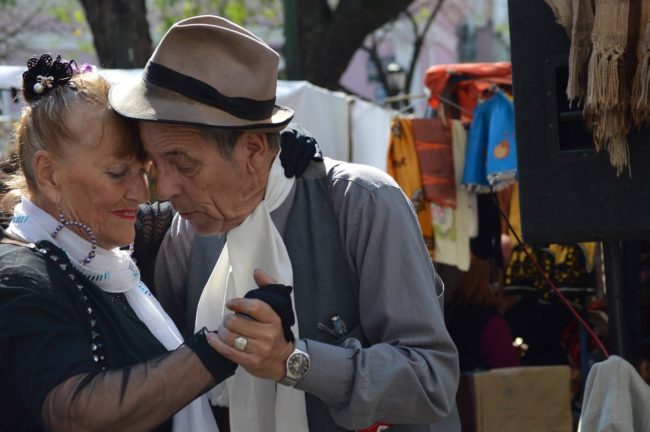
Latin Music is the sum total of colliding cultures, mixing Native American sounds with European and African sounds. From the indigenous civilizations of the Aztecs, Incas, and Mayans to the African slaves cast from their homes into the new world to the European usurpers of the western hemisphere, Latin Music was a result of different cultures and traditions residing together for generations.
In this blog post, we will explore some of the genres and cultures in which they came from. Here are some of the most famous Latin Music that has emerged into the world:
Samba
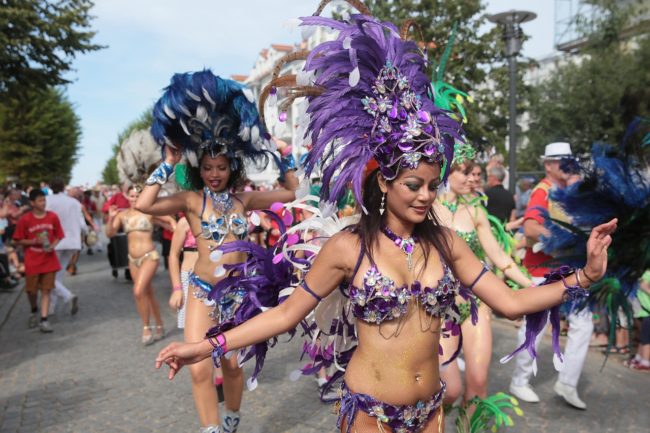
Seeping out of the older genres such as Brazilian Maxixe and Marcha along with Cuban Habanera and German Polka, Samba brings its rhythms and melodies established itself as the signature music of Brazil–Rio de Janeiro in particular.
Samba, as a word, is believed to come from the African Kimbundu word semba, which means a dance invitation. It also has been referenced because of the music’s rhythm and tempo. The syncopated rhythm of the music with its supple melodies makes it both unique and ubiquitous around Rio’s Carnanval. Samba could be called the iconic soundtrack of the Brazilian people.
The genre became extremely popular at the turn of the 20th century and into the 1930s as radio came to Brazil. During this era, Sambas, known as Samba-cancao, featured a slower tempo with more romantic themes. This sound focused on melody instead of rhythm, featuring semimetal lyrics that serenaded couples on the dance floor. By the 1950s, Samba transitioned into a funkier form with more percussion and rhythm. This style was eventually called Samba-de-Batucada. Emerging from the poor areas of Brazil and shantytowns, Samba-de-Batucada reeked with polyrhythmic percussions and seethed with energy. It became the power behind Carnanval.
Today, Samba has moved on to find new avenues of expression. Bloco Afro Style, pioneered by the samba artist Olodum, focuses on the trance-inducing drum rhythm. Olodum spoke of black culture and offered an outlet for frustrate youth. Later, the Bloco-Afro would join with Jamaican reggae to create Samba-Reggae, introducing a new popular version of the music that has enchanted listeners in the 21st century.
Salsa
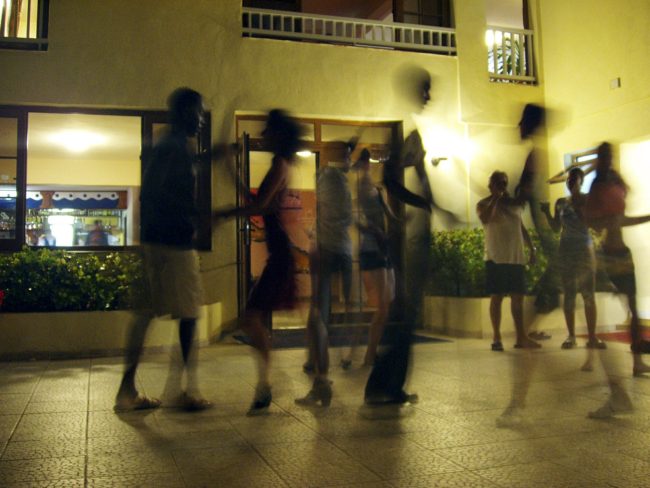
Salsa means sauce in Spanish. But it also refers to a spicy kind of sauce with a lot kick, both sharp and hot. When bandleaders and musicians who became avatars of this new sound started shouting out “Salsa” in the middle of their songs, they would be evoking a word that would brand itself on the conscious of its fans and give this new music its name.
Salsa came out of the 1960’s in New York City, taking Cuban Son music and stirring in the sounds of Puerto Rico, Mexico and South America. Its basic tempo is a 1-2-3, 1-2; however, this just the simplest form of a vast collection of Salsa rhythms. What is unswerving is its rapid and capricious energy.
Its heart pumps on Afro-Cuban rhythms and melodies, but it draws upon all of Latin America to make it whole. The diversity of its origins is only comparable the caldron of instruments that make up its broth—from percussions like the clave, maracas, conga, bongo, tambora, bato, and cowbell along with other instruments like the vibraphone, marimba, bass, guitar, violin, piano, accordion, flute and a brass section of trombone, trumpet and saxophone.
Ironically, Salsa’s occasional controversial element is found in its name. Some Salsa musicians discredit it, insisting there is no such thing as Salsa music or as the renowned Salsa artist Tito Puente has famously been quoted as saying: “I’m a musician, not a cook.”
Tango
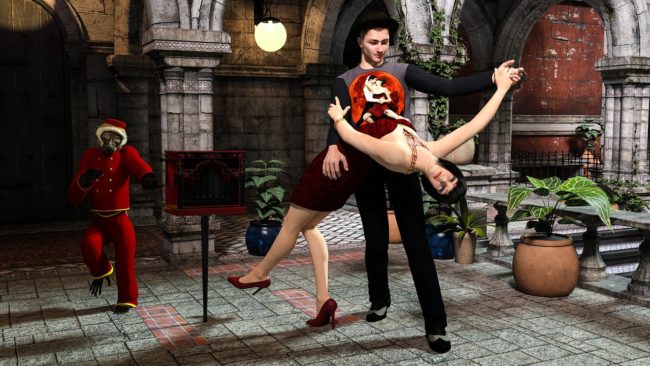
By 1935, Tango was the “it” music in Europe. The genteel society of Paris fell in love with the Tango the year before and now it was the sensation. Back in Buenos Aires, Argentina; the Tangos impact was serious. The elite in the community who would have publically rebuked the Tango, we’re now openly embracing it.
Tango emerged from the poor and street ghettos of Buenos Aires. It was here that first musicians, singers, and dancers of the Tango began. They were performed first in the mid-1800s and were comprised of flutes, violins, and guitars.
Around 1910, a new instrument would be used for the tango, which would change its sound indefinitely. It was the bandoneon. Coming from Europe, this accordion-like instrument featured two button keyboards on either end. No instrument can mimic the bandoneon and it would make the Tango sound like no other music style.
By 1935, the composition of the Tango and the legendary dance form would reach a new level of complexity; but by 1950s, something different would begin. Musicians started to flirt with Tango music without the accompanying dance. The tempos would be more for listening than dancing. Around this time, Astor Piazzolla would begin to introduce his “Tango Nuevo,” which would bring Jazz to Tango and create a new vision of the music.
Later, Tango would fall out of fashion after the collapse of the Dictator Peron’s regime; however, the Tango would return early in the 1980s as interest in the music resurfaced. The future of the Tango is uncertain but fascination for its sound has not waned.
Merengue
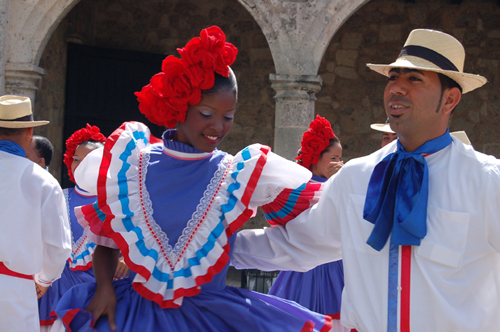
It is hard not to look at Merengue as just a music style but also a dance. The origins of the style have always referred to the dance. Here are two stories about how it began. A soldier was limping into a village after battle while a group of villagers were celebrating. In honor of the soldier, the villagers began dancing with a limp and so began Merengue. Meanwhile in another story, Dominican slaves were chained together leading to a constant foot dragging motion as they walked and cut sugar-cane in the fields. As the slaves went about their lives in bondage, they would watch their European slavemasters dance and began imitating their style of dance, but incorporating their limp and so began Merengue.
Merengue is a fusion of European and African styles, which became the most popular style of dance music in the Dominican Republic. It has been widely recognized as the national music. It gained a national importance during the reign of Rafael Turjillo, mostly because of his country roots connecting him to the music. Though he instituted a reign of terror on Dominicans, Trujillo promoted Merengue as national treasure. After his assignation in 1961, Merengue began fusing with U.S. music styles including Rock and R&B along with Cuban Salsa.
Merengue means Meringue in Spanish. Meringue; which is a French word; is a delicate, lathered mixture of beaten egg whites with sugar; which is browned and used as a topping for pies and pastries such as Lemon Meringue pie. Dominicans use the term to describe the Merengue dances as a fluffy assortment of movements with gradual shifts of the dancers’ weight between feet in a fluid motion.
Mariachi
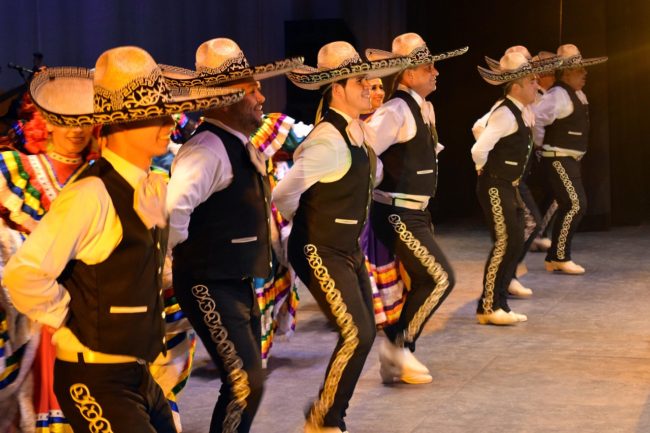
May scholars, musicologist and folklorists, have ideas about what Mariachi means, but no one knows for certain.
Many believe it’s a variation on the French word for marriage—mariage. The story goes that term derived for the time during French controlled Mexico. The French had installed an emperor named Maximillian by decree from Napoleon, the self-appointed emperor of France. The French, during this time, called the music performed in celebration of marriage in Mexico Mariachi. Unfortunately, linguists have already determined the word was birthed long before the French occupied Mexico.
Current opinion points to indigenous origins for the word. Specifically, Mariachi originates in a native term for the type of wood in which the platform upon Mariachis performs.
Mariachis vision of grand celebratory music is derived through a myriad group of musicians and their exotic instruments.
- Vihuela—a high-itched, round-backed guitar
- Guitarró n—a deep-voiced guitar that is used as the bass
- Violins—a bow and sting instrument common in many cultures
- Trumpets—a simple horn instrument to add brass sounds to the sauce of the Mariachi sound
Mariachi is said to come from the 19th century Mexican state of Jalisco, though other kinds of Mariachi have also enlivened crowds in Veracruz and Huasteca region. Of the many variations on the sound, Son—a blend of traditional folk music from Mexico, Africa, and Spain—is considered to be the most performed. The best known kind of Son is called Son Jalisciense, which of course comes from Jalisco.
Mariachi is not only a music genre but a form of dance. Traditional techniques of Mariachi dance find their roots in Spain. Dancers skillfully drive their heels into the dancefloor and pound out swift rhythms that complement the differing rhythm of the music.
Mariachi is the preferred music for many marriages—of course—along with birthdays and other celebrations. The music itself is a celebration, which may be the best way to describe the word Mariachi.
Latin Hip-Hop
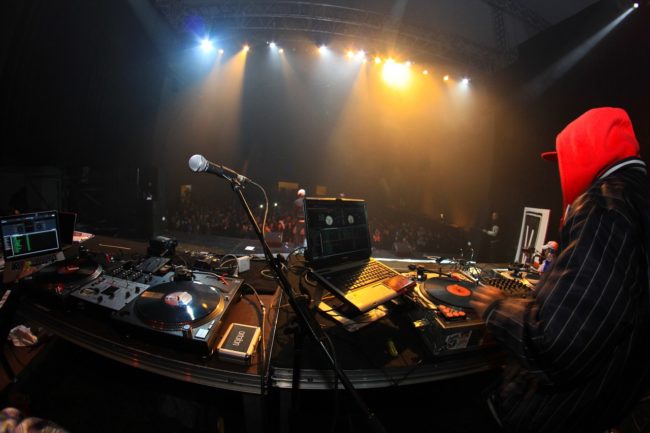
Hip-Hop began without a name but with a movement of youth culture in New York City. In 1973, young people in the Bronx were experimenting with music, dance, and art. Graffiti came out of Philadelphia in 1965 but also burgeoned in New York City in the early 1970s. Meanwhile, DJs and early rappers were beginning to create sounds that would inspire dancers and other youth oriented culture through the city, in and outside of the Bronx.
One of the first Latino Americans to enter the arena of Hip-Hop was DJ Disco Wiz. Descending from both Puerto Rican and Cuban parents, DJ Disco Wiz engrossed audience all over the Bronx in the early 1970s and was the credited for creating the first mixed dub recording in 1977 known as the “mixed plate.” Teaming up with DJ Grandmaster Caz, he formed the Might Force. This group would feature one of the first Latino American rappers named Prince Whipper Whip.
Another Latino American who contributed to the genre in the 1970s was DJ Charlie Chase as part of the Cold Crush Brothers. Born of Puerto Rican parents in the Bronx, he would work with the Cold Crush Brothers to help pioneer Hip-Hop. He was the first Latino American DJ to bring Latins into the Hip-Hop world and was a renowned DJ who performed with Grandmaster Flash, Kool Herc, and many others. He would bring sounds from the Caribbean to add Latin Soul and funk to his tracks, including Sugarhill Gang’s “Apache (Jump On It)” and 8th Wonder”
Folklorico
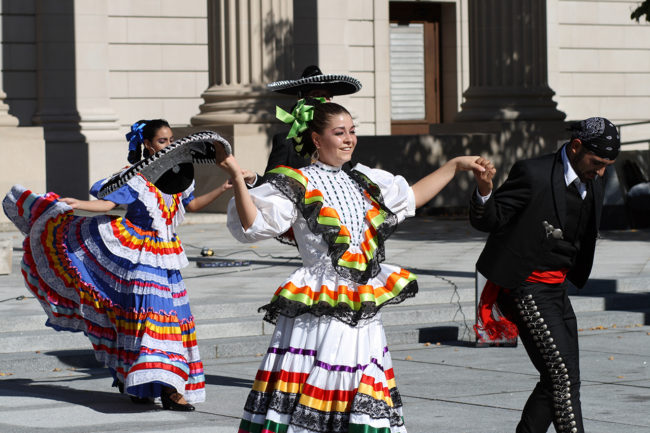
Baile Folklorico or simply Folklorico is musical tradition found through Latin America. As it name implies, it is folk dance music. The dancing itself focuses on ballet moves, specifically pointed toes and highly choreographed arrangements.
Folklorico can be found throughout Mexico, Central America, and the Southwestern U.S. It has become in Mexico a signature style, which has captivated the popular culture there.
Amalia Hernandez, one the most important figures in Folklorico, found the Ballet Folklorico de Mexico in 1952. By 1959, the group would perform at the national theater, the Palacio Bellas Artes once a week.
Folklorico has incorporated many indigenous elements, making it one the best blends of Spanish and Native American cultures.
Listen to our Playlist on Spotify
We’ve compiled a playlist of genres and styles listed in this article. Take a listen!
Don’t Forget
There are other Latin American music forms, which haven’t been discussed here. Rest assured that music in the Latin world is as varied and flavorful as the nations that birth them. Here are some of the genres not covered:
- Amerindian
- Andean
- Bachata
- Bomba
- Bossa nova
- cajón peruano
- Chacarera
- Chamamé
- Cumbia
- Danzón
- Folklorico
- Forró
- Funk carioca
- Garifuna music
- Los Kjarkas
- Marimba
- Milonga
- Norteñ
- Nueva Canción
- palo de Mayo
- Punta
- Reggaetón
- Rumba
- Son Nica
- Tejano
- Zamba
Further Reading
- Latin Music History
- History of Latin Music
- Latin Music USA
- The History and Influence Of Latin Music
- A História do samba
- What Is Salsa Music and What Is Its Origin?
- Salsa: A Brief History
- A Brief Introduction to the History of Tango Music
- The History and Spread of Merengue
- The Merengue of the Dominican Republic
- MUSICAL STYLE Merengue
- History of the Mariachi
- Mariachi History & Tradition
- History of Mariachi Music
- “We were poor. We had very little to look forward to in life. It is what gave us life.”
- Justifying Latino History in Hip-Hop Culture
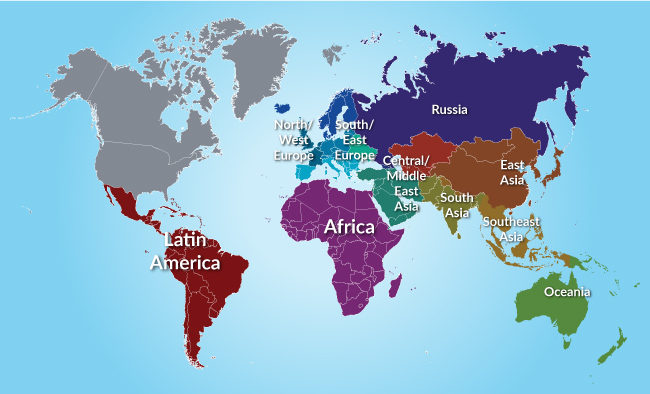
This article is part of GROM’s world music series. For more details and other countries coverage, please go here: https://gromaudio.com/blog/2017/12/world-music-exploration-series/
